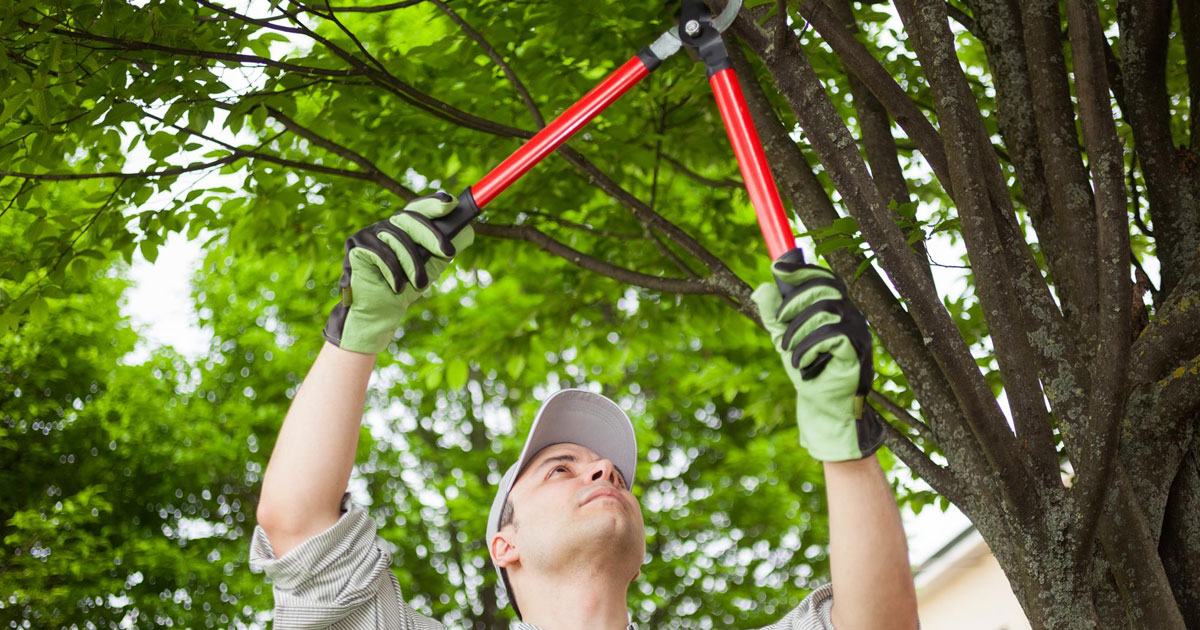By Renato Ferretti
Pruning in nurseries and ornamental arboriculture is not yet seen as a fundamental cultivation practice but almost always as an extraordinary or, on the contrary, routine intervention. In fact, during the breeding phase in the nursery, pruning operations are frequent but rarely carried out with knowledge of the results to be obtained, except when working on plants to be formed, with the “right scissor pruning” tecnique, vice versa in home pruning, the operations are used almost exclusively to avoid dangers or remedy the damage caused by the ungoverned canopy..
On the other hand, it is also true that publications that deal with pruning from an ornamental point of view are rare and in the academic world itself there are not many researchers who are dedicated to this topic, especially if it refers to training pruning in the nursery. On the other hand, there are rare cases in which the inspiring principles of fruit tree pruning adapt to the needs of ornamental plants, and this is the reason why an inevitable lack of knowledge is determined.
And then the terminological proliferation: soft cut, long cut, short cut, training cut, reforming cut, reduction cut, lightening cut, cohabitation cut, accompanying cut, renewal cut, etc. they are nothing but the demonstration of the complexity of the problem and of the great need for knowledge, especially applied to individual species. On the other hand of the great innovative capacities in terms of forms and balanced growth of which rational pruning can be a harbinger.
In general terms, pruning includes all those operations which, applied directly to the epigeal part of plants, control their natural way of growing, allowing for maximum yield. In fruit arboriculture pruning requires a constant comparison between costs and the economic results obtained, while in ornamental arboriculture it is itself a direct element of creation of the added value of the plant grown in the nursery which obviously must be compatible with market prices.
From a cultural point of view we say that the branch of pruning that interests the nurseryman is that of breeding which has substantially the same objective as the general arborist and that is to make the growth and development of young trees as high as possible while in regular vegetative balance. On the other hand, ornamental plants pruning starts from different assumptions having to correspond to the design and construction needs of small, medium and large green areas, to social, recreational and hygienic needs and in conclusion the needs to be satisfied are connected to ornamental and functional objectives.
In order to achieve these objectives, pruning must be accompanied by all other agronomic practices and this operation is no longer a labor job but requires, in the same way as what happened in traditional fruit arboriculture, specific professional skills and an adequate technical guide able to evaluate the plant and the agronomic context as a whole.
Formation pruning is in turn a fundamental factor of productive innovation allowing to present to the consumer different forms of the same plant able to satisfy different needs such as the formation of a hedge, an isolated group, a row, to have geometric shapes of the same plant to be alternated as was traditionally done in Italian gardens, etc.
Production pruning may also be necessary for ornamental plants as in the case of plants which have their greatest ornamental expression in the richness of the flowering or even in the fruits, the most striking examples are potted citrus fruits often sold also according to the number of fruits.
For deciduous trees, depending on the season in which pruning is performed, it is distinguished as green, if carried out in the spring-summer period, and dry if carried out in winter. This aspect is important both for the organization of the work and for the result obtained, in fact there are species that like green pruning and others not, and physiological effects are different with results on vigor and vegetative balance not always satisfactory.
Finally, it is important to know that pruning can be rich or poor depending on the number of buds that are removed, long when the branches are shortened a little and short when pruned short as often happens to cause them to be driven back violently leaving only three/four buds. Normally pruning is short and lean and long and rich but depending on the number of branches that are completely removed it can also be long and lean or mixed.
Today all these qualitatively understandable definitions for technicians must be defined quantitatively so as to be understandable to all and leave no space for interpretation, especially in the legal field.













